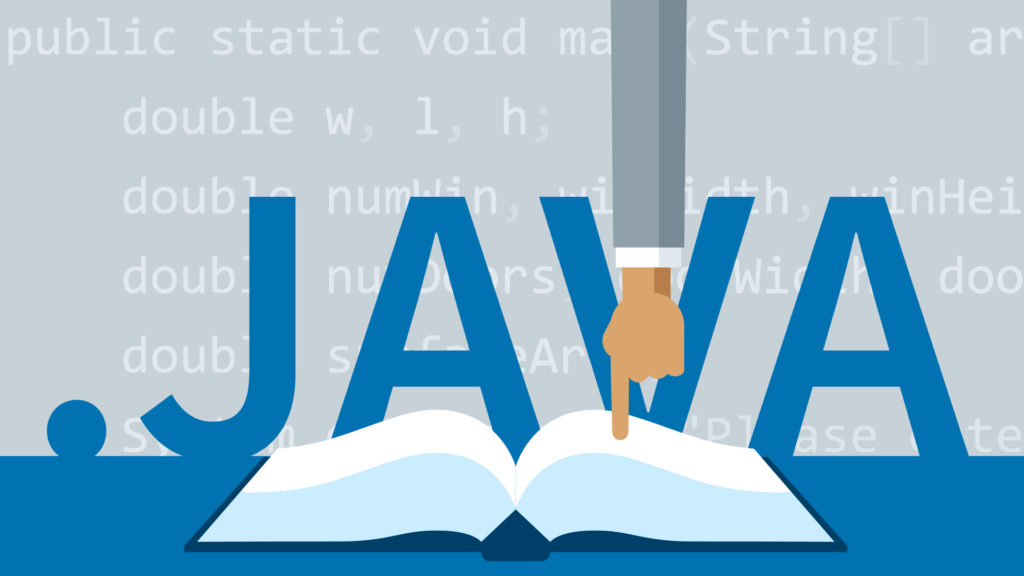
Java is both a programming language and a platform, which developers can use to develop various kinds of software applications. The language was developed by James Gosling and was released in 1995 as Java 1.0. The applications based on Java run only when Java virtual machine. People can find Java everywhere. They can play games, visit websites, at the data centers and many other places.
Table of Contents
Features of Java
Java programming language comes with many features, which have been described here.
1. Java is Object-Oriented
The developers have to make every program in a class as Java uses the objects of pre-defined as well as user-defined classes to execute a code. There are many methods and constructors defined in the classes, which can only be accessed if the object of the class is defined.
2. Java Programs can Run on Any Platform
Java programs have to be compiled before executing them. The compiled code does not take the form of an .exe file. Rather, a class file is formed which can be easily executed on any platform. It means that a program written on Windows can easily run on Linux operating system.
The compiled class file is a byte code so it can run easily on other programs. The developers do not have to write programs for each platform and so this saves the time of development.
3. Java Can be Learnt Easily
Java programming language is simple and easy to learn. A beginner, who has no knowledge of any type of programming, can learn Java easily. The main thing that the learner has to be familiar with is the object-oriented programming concepts.
4. Java Programs are Secure
The developers can make Java programs virus-free as the language comes with security features. The language also includes authentication techniques whose basis is public key encryption. An encrypted text cannot be easily decrypted and hackers cannot hack such data and use it.
5. Java Language is Architectural Neutral
The file format generated by Java compiler forms a file format, which is architecture neutral. This file format can be easily executed on many types of processors and if Java runtime system is available on the platform, then the compiled code can be executed easily.
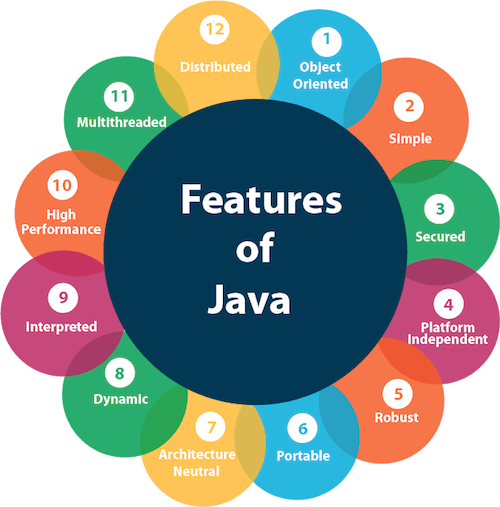
6. Java Language is Portable
The compiled Java code is platform independent so users can carry the code and run it anywhere they like. The only thing required is Java runtime environment, which can be easily installed on the systems.
7. The Programs Can Be Made Error-Free Easily
Most of the errors on a Java code can be eliminated during compilation so the code can be made error-free during compile time. There are some errors that are shown at runtime and are called exceptions.
So developers can remove them through exception handling and make the program error-free. This can be done using the try-catch-finally blocks in Java.
8. Multithreading in Java programming
The multithreading feature of Java programs helps to perform many tasks simultaneously. This feature helps to make interactive applications, which can perform many tasks and saves user’s time.
9. Java is an Interpreted Language
Java code can be easily translated according to the machine on which it has to run. This is because the compiled code is in the form of byte code so it helps in understanding the machine language easily. This has also made the developers to develop the software applications easily.
10. Java is a Fast Programming Language
The Java code can be compiled easily and within few seconds so the speed of development is easy because if there is any error it is shown at compile time, which can be eliminated easily.
After the features of the programming language, let us know about Java platform.
Java Platform
A platform can be defined as an environment of hardware or software, which helps to run a program. The most popular platforms on which the Java programs run include Windows, Solaris, Linux, and Mac OS.
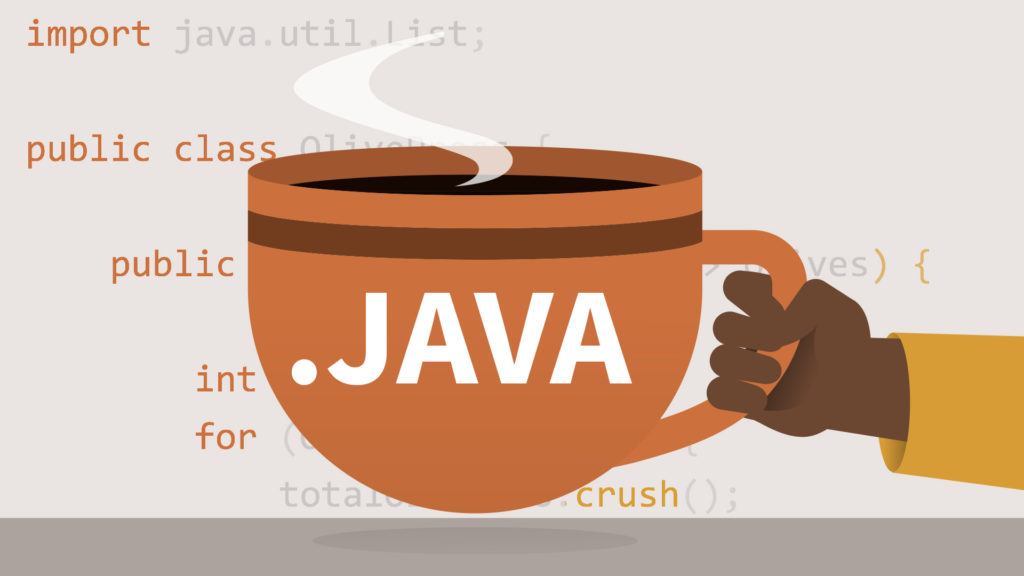
Java programming language can be referred to as a software-only platform, which runs on various hardware platforms irrespective of the operating system. There are two components included in the language and these are Java virtual machine and Java application programming interface.
Uses of Java
Java programming language can be used to develop various types of applications, which include the following
- Mobile applications
- Desktop applications
- Web applications
- Robotics
- Games
These are a few types, which have been mentioned here but the programming language can be used to develop simple as well as complex applications.
History of Java
The project of developing the programming language was started in 1991 by James Gosling. First he wanted to make it for televisions but at the time, technology used in the televisions was not advanced. James named the programming language as Oak because of the presence of an oak tree in front of James office.
Later on the name was changed to Green and finally Java due to Java coffee. James worked at Sun Microsystems when he developed the first version of the language and the company launched the language in 1995. The language was developed in such a way that the programs can be written once and can be executed anywhere. In1995, Java was also being developed to make web applications that can run on internet.
Setting up the Java Environment
After installing the Java software, local environment set up has to be done in order to compile and run the code. Here are the ways of setting up the environment.
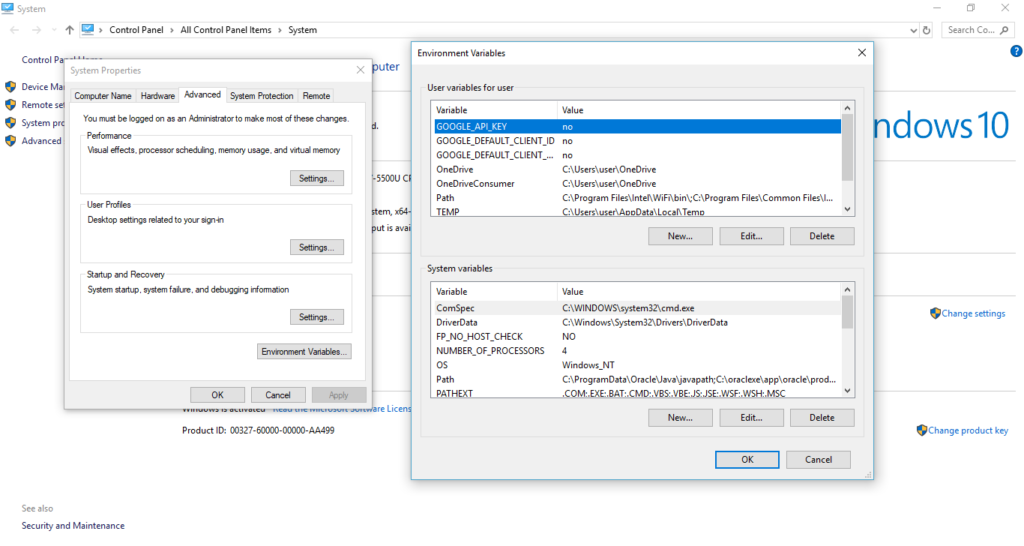
How to Do Path Settings in Windows?
Here we will let you know the ways of setting up path in Windows with the assumption that the Java software has been installed in c:\Program Files\Java\jdk directory. Take the following steps to set up the environment in Windows.
- Go to the Properties by right-clicking My Computer.
- Go to the Advanced tab and click the Environment variables.
- Now change the path as follows
- If the path of the Windows is C:/Windows/System32 then put a semicolon and type c:\Program Files\Java\jdk\bin.
- It should look like this
- C:/Windows/System32 ; c:\Program Files\Java\jdk\bin
Editors for Writing and Editing Java Programs
There are many editors in which people can write Java programs. Some of these editors have been described here.
1. Notepad
This is a default editor, which is installed when a user installs Windows on the computer. It is a simple text editor, which users can use to write Java programs.
2. Netbeans
This is a Java Integrated Development Environment, which can be easily downloaded from the website as it is a free software.
3. Eclipse
It is also a Java IDE, which can be used for writing Java programs. The software is available for free and users can download and use it.
Now we will discuss the way of writing Java programs.
Syntax of a Java program
A developer needs to learn the syntax of the language to write the program. Here we will discuss the syntax and the things to be included in it.
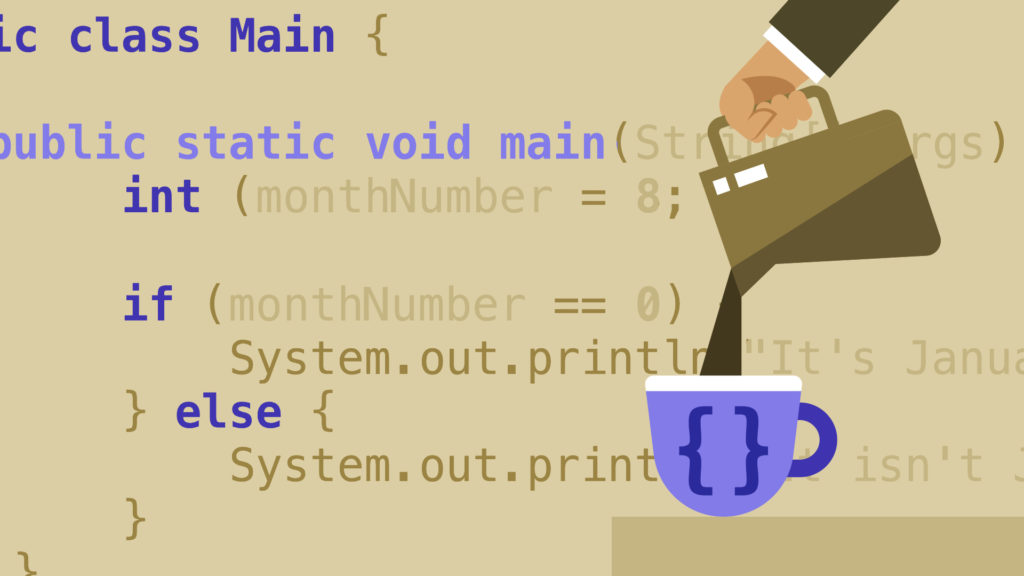
1. Objects
Object can be a real world object like a table, which can be of any colors and can be used for different purposes. The instance of a class is called an object.
2. Class
A class is template, which includes the types of objects it supports.
3. Methods
It is a behavior in which data is written, changed, removed or replaced with new data.
4. Instance variables
The instance variables of the objects help to use their methods and users can call them in the code as and when required.
First Program
Now we will write first java program, which will print Hello World. All the languages use their first program as Hello World to teach the beginners about the syntax of the language. So here is the program.
public class FirstProgram
{
public static void main(String []args)
{
System.out.println(“Hello World);
}
}
After typing the program in an editor it should be saved as per the class name, which is FirstProgram so the file name should be FirstProgram.java.
Compiling and Running the Program
Take the following steps to compile the program

- Open Command Prompt.
- Open the folder where the program is saved.
- Type javac Firstprogram.java and press enter.
- The code will be compiled if it does not find any error.
- Now type java FirstProgram Torun the program and it will show the output as Hello World.
Important Points to Remember
Here are the things, which a developer should remember while writing a program.
- Java programming language is case sensitive so users must take care where they are using capital letters and where small letters.
- While defining the class names, the first letter of each word should be capital
- While defining the method name, the first letter of each word should be capital except the first word whose all letters should be small.
- While saving the file, it should be same as the class name. Even the case sensitivity should be taken into consideration.
Wrapping Up
Java is a simple programming language, which the users can learn easily even if they are beginners. They should be aware of object-oriented programming concepts as this will help them to learn the language easily.
